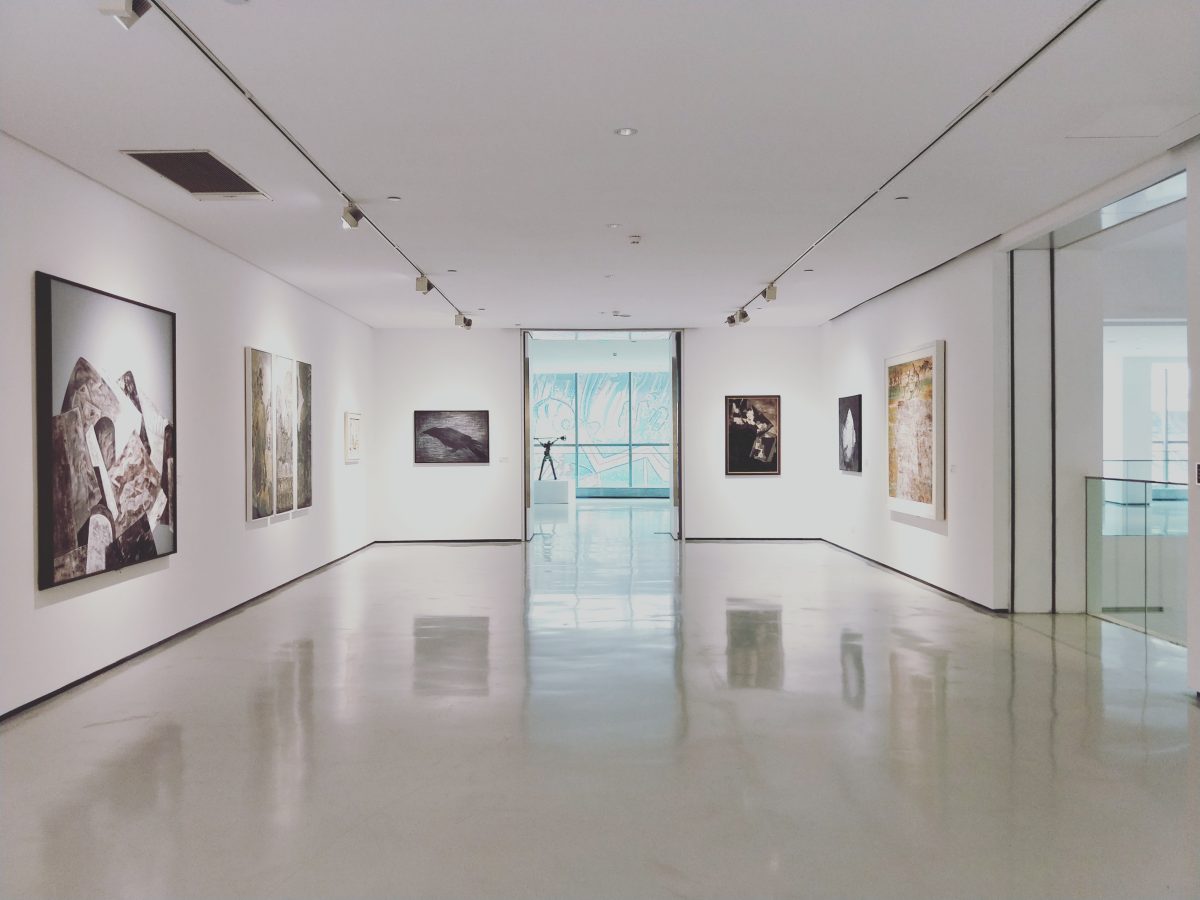A foot, planted firmly on the ground, slides backward. The knees bend and bend and push the feet against gravity and the stage floor. One foot releases and the toes curl and draw up the leg to the knee. The other, balancing on the toes. Arms, held tight in a circle, help the rest of […]
Month: March 2022

NFT is named the word of 2021, by Collins Dictionary due to its rapid growth. NFT market has raised from 94.9 million in 2020 to 41 billion in 2021. And the use of the term increased 11,000% in 2021. Although the stunning number seems to be a blowing bubble, NFT might have some social value […]
AI-generated artwork has become a popular trend in the art world in the past 5 years. It has shaped the way artists approach artistic production, critics thinking about artworks, and gallerists/collectors proceeding with pricing and collecting artworks. As AI takes on different levels of ownership in the creative process and artistic production, it disrupts the […]
AI has been slowing encroaching on every facet of modern life. It runs our phones, it navigates our vehicles, and has even begun to finish our sentences. As of now its encroachment into our everyday life has been mundane. Since AI operates most effectively behind the scenes, and is difficult to explain to the average […]
Philosopher Vilem Flusser said, “We do not think about the act of writing while writing, but about what we are writing.” We understand writing as a form of art that comes directly from soul to page, an intimate reveal of human emotion. This core concept of writing is complicated with the development of AI trained […]
The world of theatre is forever changing and adapting with the continuous discovery of new technology. The most recent wave introduces the limitless possibilities that Artificial Intelligence (AI), Virtual Reality (VR), and Augmented Reality (AR) entices. The presence of these developments has changed, and still in the process of changing, the world of theatre as […]
Gamification in Arts: Why and How?
A brief history of gamification Gamification, in the most well-known and basic definition, is “the process of adding games or game-like elements to something (such as a task) so as to encourage participation” The definition of gamification may vary between people and situations, but the core is to utilize concepts from game development to solve […]
Motion capture technology (also known as Mo-cap) is the process of digitally recording the movement of an object. It translates the motion trajectory into data and models. This technology is widely used in entertainment, medical applications, military, and arts industries. Maybe the word doesn’t sound so familiar to you, but you must have come into […]
Virtual Reality has been an ongoing trend in the art world. While more and more museums adapt to VR technology, some among them have gone one step further — they do not exist as a physical entity at all. This study reviewed three digital museums, each taking a different approach, and oriented with different techniques, […]

Why aren’t museums using machine translation? This article explores how machine translation works and how it came to be in its current state, as well as how we evaluate state-of-the-art machine translation technology. Finally, this article examines how improvements in machine translation could disrupt and transform the museum industry.